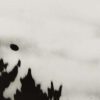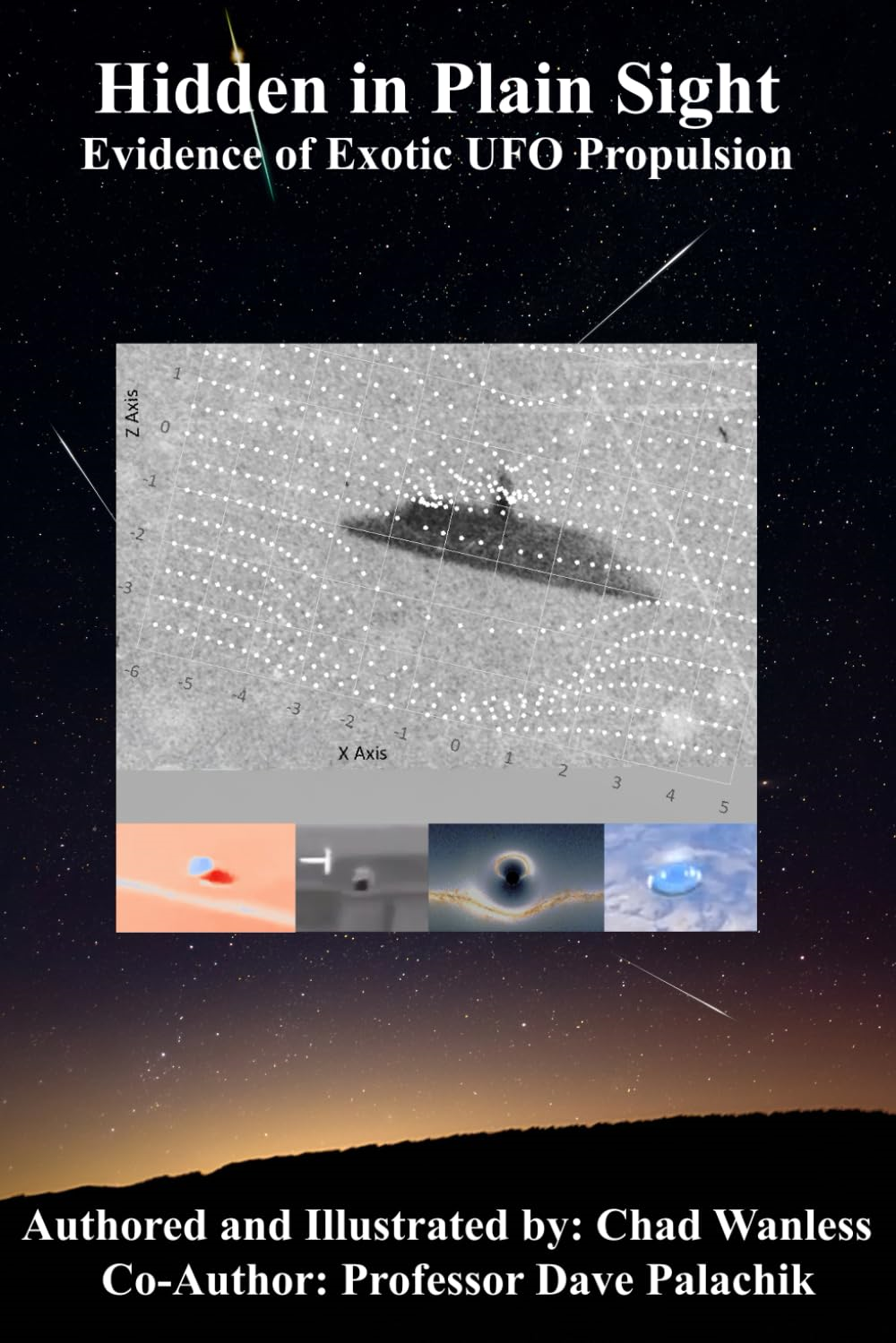In a first, astronomers spotted a space rock turning into a comet0
- From Around the Web, Space
- August 21, 2020
The process won’t be complete until 2063
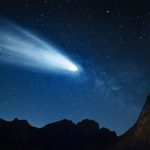
The process won’t be complete until 2063
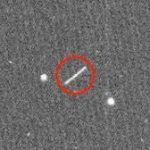
Take that, asteroid 2020 QG!
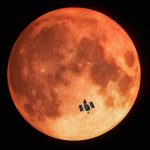
The act could even reveal how to look for life on alien planets.

According to a new study published this week by researchers at the University of Illinois, a nearby star’s supernova may’ve caused one of out planets mass extinctions millions of years ago.
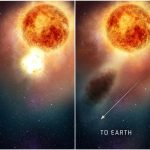
Astronomers have determined the cause of the dramatic dimming observed last year and earlier this year of one of the brightest stars in the night sky, a colossus called Betelgeuse that appears to be on its way toward a violent death.
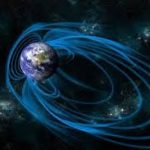
Earth is an enormous magnet, its iron-rich core creating a shield of magnetic field that envelopes the planet —— well, almost. A “dent” in this magnetic field known as the South Atlantic Anomaly allows charged particles from the sun to dip closer to the planet in an area over South America and the Southern Atlantic Ocean.
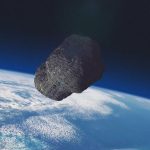
Earth has had a near miss with a car-sized asteroid that wasn’t spotted by Nasa.

Alexandros of Antioch sculpted Venus de Milo, Leonardo da Vinci had Mona Lisa and, now, Ken Walker has his masterpiece, Patty the Sasquatch.
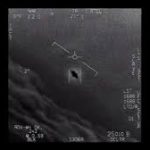
If you’re a fan of unidentified flying objects (UFOs) and alien visitation, this is manna from heaven.

We humans are doing a bang-up job of messing up our home planet. But who’s to say we can’t go on to screw things up elsewhere? Here, not listed in any particular order, are 12 unintentional ways we could do some serious damage to our Solar System, too.
